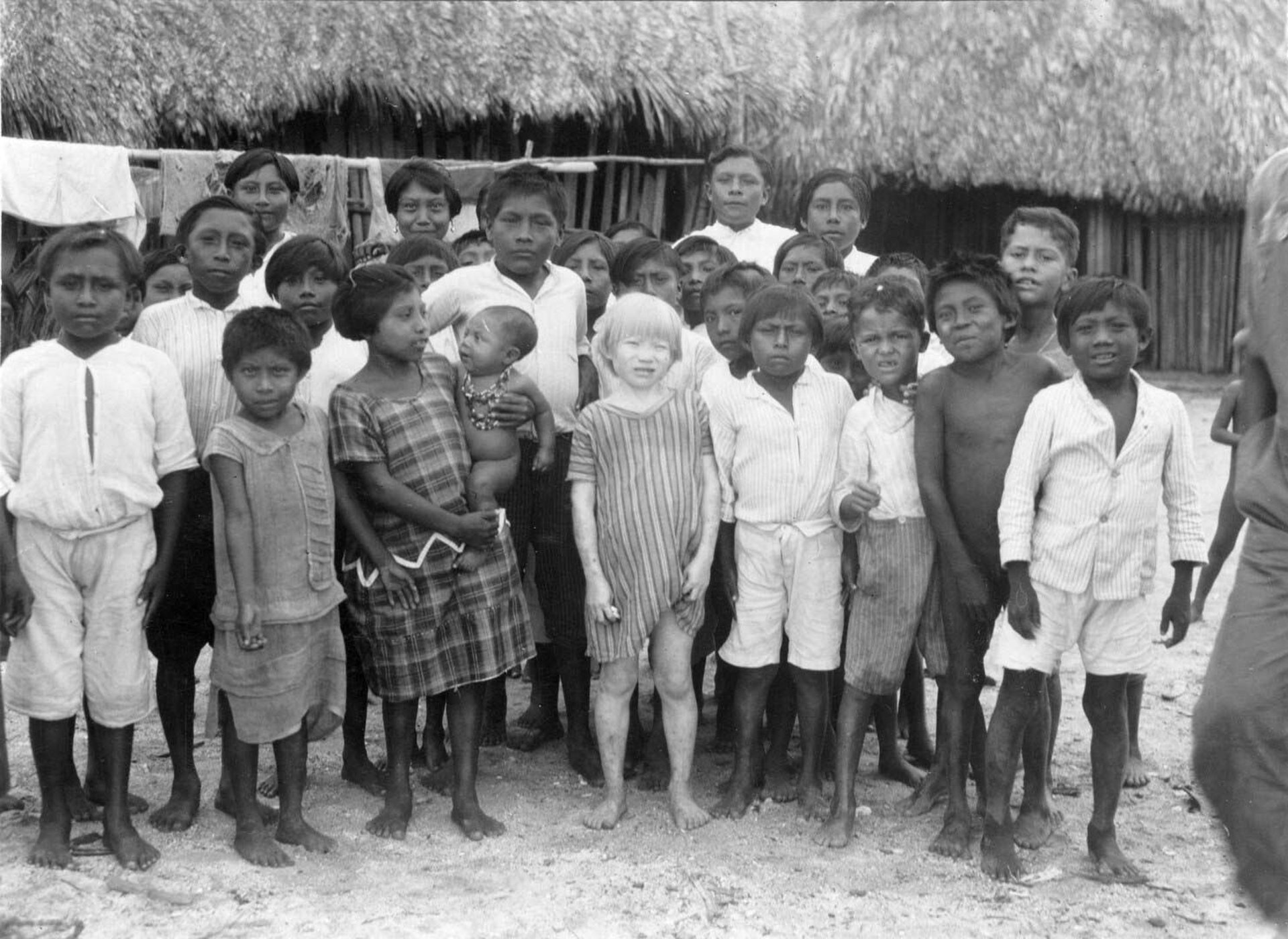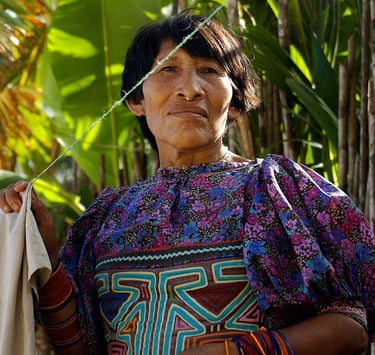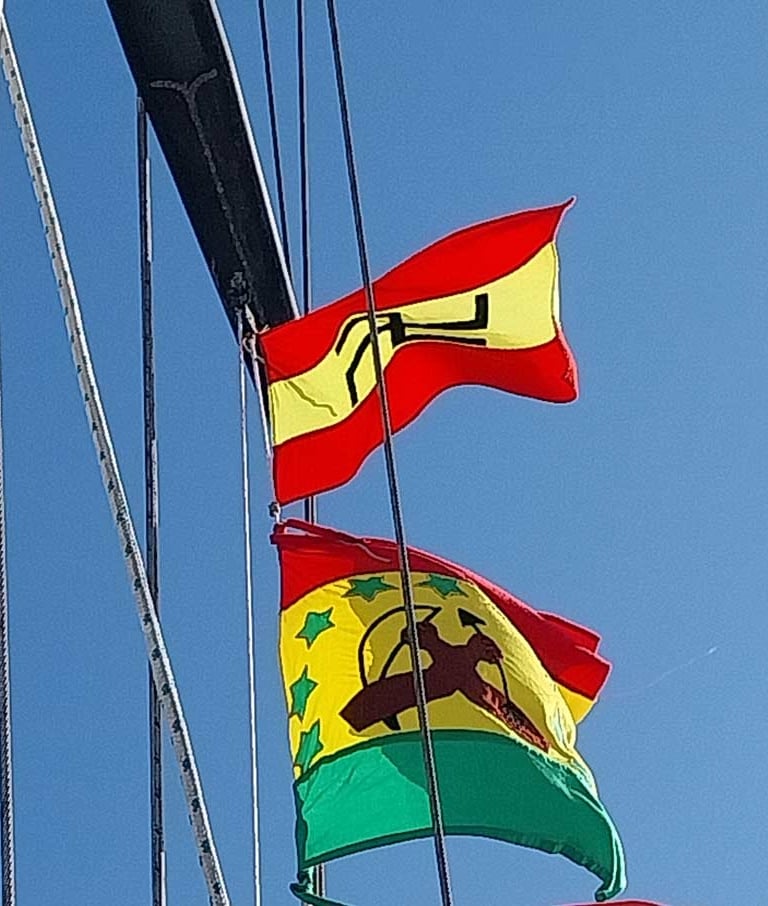
GUNA REVOLUTION
100 YEARS OF THE
This February, Guna Yala is celebrating 100 years since their revolution. The Dule Revolution took place in February of 1925 and was a major turning point in Panamanian history, ultimately leading to the recognition of Guna Yala as the Guna people's territory.


The United States government intervened to prevent further conflict, and Guna Yala was eventually established as a semi-autonomous territory recognized by the Panamanian government.
Today, the Guna community has approximately 85,000 members, and their territory extends to the border with Colombia. 97% of the Guna people live in Panama, mostly in the archipelago that now makes up the Guna Yala region, with some residing in the city."Both women and men had a very clear goal: to respond to the mistreatment by those who weren't even Guna, to protect and rescue their culture, and to defend their lives."
That's how I saw it, and that's how it was told to me. Aiban Wuagua
The Guna people's "uprising" was a response to years of abuse at the hands of the colonial police, as well as attempts by the Panamanian government to "acculturate" them and abolish their customs. The government viewed the "uncivilized" indigenous people as a threat.
During February of 1925, the Guna people confronted the Panamanian police (called "wagas" by the Guna) and killed 22 officers who had been sent to oppress them.
The revolution wasn't against the "wagas" simply because they were "wagas," but rather against the injustices they systematically carried out against the Guna people in an attempt to eradicate their most prized possession: their culture.


THE FLAGS OF GUNA YALA
The Guna Yala region has two flags, both of which are flown in the region. One represents the territory of the region, and the other represents the Dule Revolution. The revolution flag is especially prominent in February each year when the Dule Revolution of 1925 is commemorated. This year, 2025, is particularly significant as it marks the 100th anniversary. This flag surprises some visitors because it includes a swastika.
(1) The flag of the Dule Revolution
The red symbolizes the blood that was shed, and the yellow represents the wealth of the Guna people. The "quincunx" symbol in the center is a swastika, but it has nothing to do with the Nazi swastika. In fact, it faces the opposite direction. Although this "swastika" is also found in Eastern cultures, the Guna people have adopted it and associate it with their own unique cultural concepts. Its central point represents the axis of the world, and its four arms extend to the four cardinal directions. The movement of these arms unites the upper world and the underworld, representing energy in motion.
(2) The flag of the Guna Yala region
The red symbolizes blood, the yellow represents wealth (gold), and the green represents the territory. The two arms represent the defense of their territory and unity. The 8 stars represent the brothers of Dad Ibe, the combative spirit of the Guna brothers in defense of their motherland.
Photo By Imakjak - originally uploaded on en.wikipedia by Imakjak at 18 May 2006.
Cover photography By Sigvald Linné - This file was provided to Wikimedia Commons by the Museum of World Culture in cooperation with Wikimedia Sverige., CC0,
100 YEARS OF THE GUNA REVOLUTION
This February, Guna Yala is celebrating 100 years since their revolution. The Dule Revolution took place in February of 1925 and was a major turning point in Panamanian history, ultimately leading to the recognition of Guna Yala as the Guna people's territory.
SUBSCRIBE
Subscribe to be updated about latest news and blog posts and to follow what is happening in a magical land of Bali.


